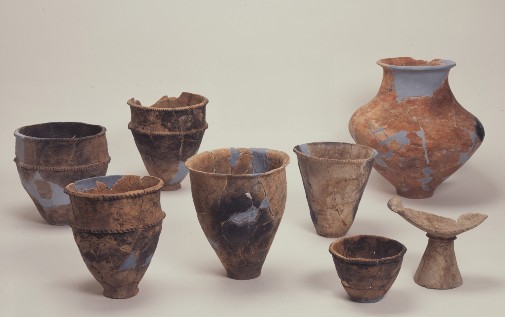Key Takeaways
- Neolithic agricultural advancements led to a shift in human lifestyle, particularly in the Near East.
- Research indicates that Japan’s culinary practices did not significantly change with the introduction of agriculture.
- Local diets remained focused on fish and seafood, with rice becoming a staple much later in the timeline.
Ancient Japan’s Culinary Continuity
During the Neolithic Revolution, agricultural advancements transformed societies predominantly in the Near East, leading to a decline in hunter-gatherer lifestyles. However, a recent study challenges this narrative regarding Japan. Around 3,000 years ago, rice and millet were introduced to the Japanese islands from the Korean Peninsula. This shift, initially thought to drastically alter local diets, revealed surprising results from research conducted by archaeologists from the University of York, the University of Cambridge, and Japan’s Nara National Research Institute for Cultural Properties.
The research team analyzed plant residues from Final Jomon and Yayoi-period pottery excavated in northern Kyushu. Their findings indicated that Japanese culinary traditions adapted minimally following the introduction of agriculture. Fish and seafood continued to dominate the local diet. Despite the eventual adoption of rice, millet never gained prominence in Japan as it did in Korean cuisine.
University of York archaeologist Oliver Craig highlighted that these results indicate a deeper entrenchment of existing food traditions, which managed to persist despite significant technological changes brought about by agricultural practices. This suggests that cultural systems surrounding food may be more resilient than often assumed.
This study not only enriches our understanding of Japan’s agriculture history but also demonstrates how local conditions and traditions can influence dietary practices over time. The continuity of traditional foodways amidst the evolution of agriculture offers insights into the complexity of cultural adaptation in ancient societies.
The content above is a summary. For more details, see the source article.















